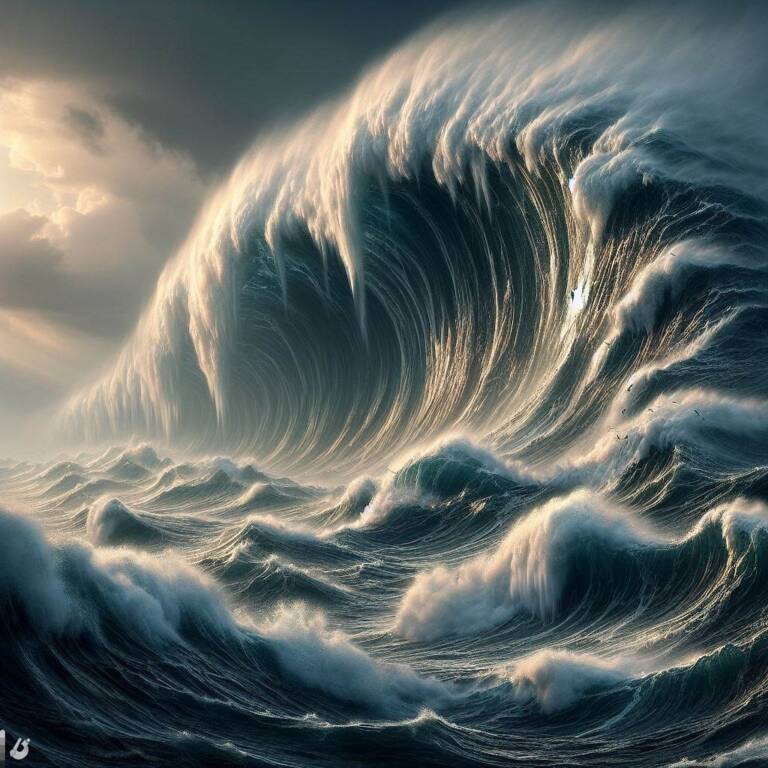Unknown danger: a freak wave recorded in thin air 17 meters high, like a four-storey building

In November 2020, a rogue wave suddenly arrived, lifting a lone buoy off the coast of British Columbia 17.6 meters high. The four-story wall of water was finally confirmed in February 2022 as the most extreme rogue wave ever recorded at the time, and it's unknown what generated it.
Such an exceptional event is believed to occur only once every 1,300 years. And unless the buoy had been in its path, we might never have known of its coming.
For centuries rogue waves were considered nothing more than nautical folklore . It was only in 1995 that the myth became reality. On the first day of the new year, a wave nearly 26 meters high suddenly hit an oil drilling platform about 160 kilometers off the coast of Norway.
At the time, the so-called Draupner wave defied all previous models that scientists had put together.
Since then, dozens of other rogue waves have been recorded (some even in lakes), and while the one that emerged near Ucluelet on Vancouver Island wasn't the tallest, its relative size compared to surrounding waves was unprecedented. It was like a palace next to some huts.
Scientists define a rogue wave as any wave that is twice as tall as the waves surrounding it. The Draupner wave, for example, was 25.6 meters high, while its neighbors were only 12 meters high.
By comparison, the Ucluelet wave was nearly three times larger than its peers. “Proportionally speaking, the Ucluelet wave is probably the most extreme rogue wave ever recorded,” explained physicist Johannes Gemmrich of the University of Victoria in 2022.
“Only a few rogue waves in high-seas states have been directly observed, and nothing of this magnitude.”
Today, researchers are still trying to understand how rogue waves form so they can better predict when they will arise. This includes measuring rogue waves in real time and also running models of how they are kicked up by the wind.
The buoy that detected the Ucluelet wave was placed offshore along with dozens of others by a research institute called MarineLabs in an effort to learn more about the dangers in the deep sea.
Even when rogue waves occur far offshore, they can still destroy marine operations, wind farms or oil platforms. If they are large enough, they can even put swimmers' lives at risk.
Fortunately, neither Ucluelet nor Draupner caused serious damage or caused any casualties, but other rogue waves did.
For example, some ships that disappeared in the 1970s are believed to have been sunk by sudden, oncoming waves. Misery disappearances of ships at sea would be due to this phenomenon.
“We aim to improve safety and decision-making for marine operations and coastal communities through widespread measurements of the world's coastlines,” said Scott Beatty, CEO of MarineLabs.
“Catching this once-in-a-millennium wave, right in our own backyard, is an exciting indicator of the power of coastal intelligence to transform marine security.”

Thanks to our Telegram channel you can stay updated on the publication of new Economic Scenarios articles.
The article Unknown danger: a 17 meter high anomalous wave recorded in thin air, like a four-storey building comes from Economic Scenarios .
This is a machine translation of a post published on Scenari Economici at the URL https://scenarieconomici.it/pericolo-ignoto-registrata-unonda-anomala-nel-nulla-alta-17-metri-come-un-palazzo-di-quattro-piani/ on Mon, 11 Dec 2023 18:00:12 +0000.

